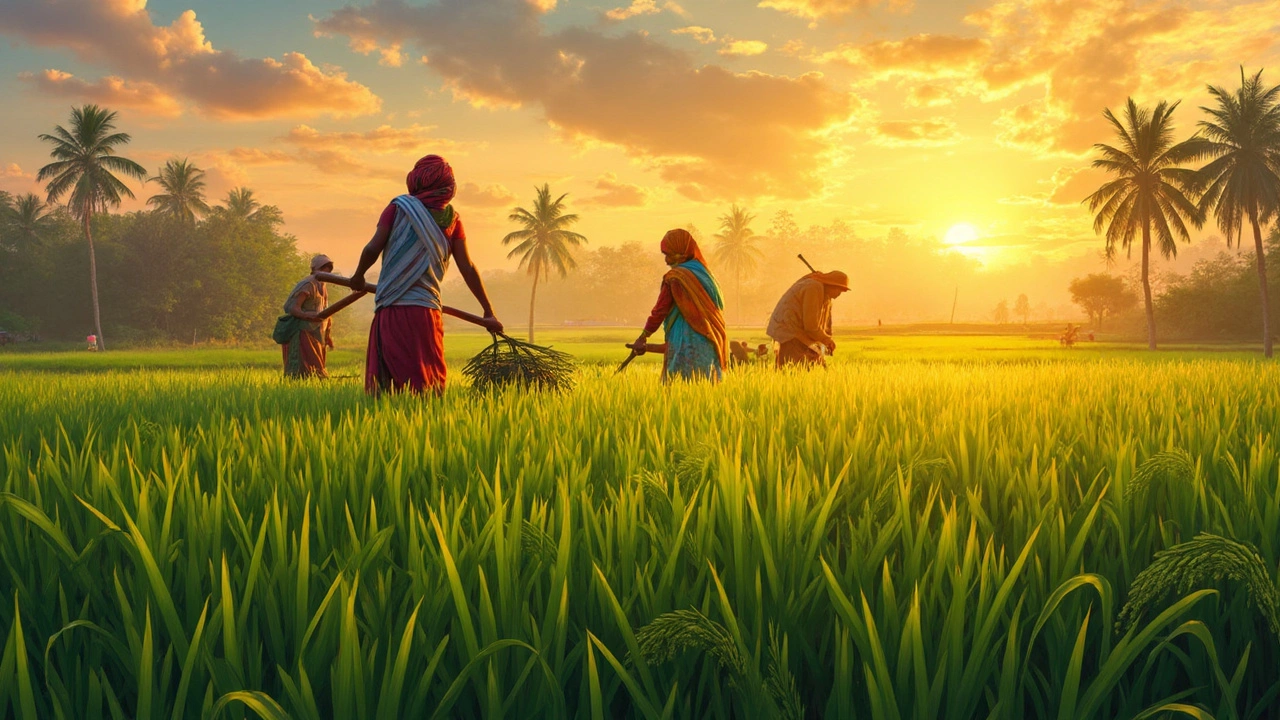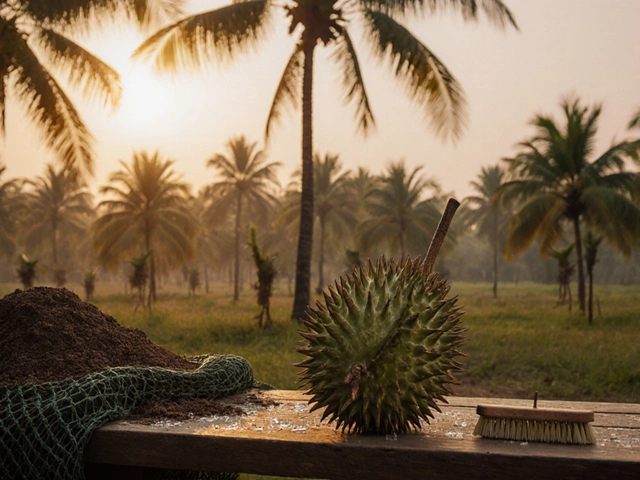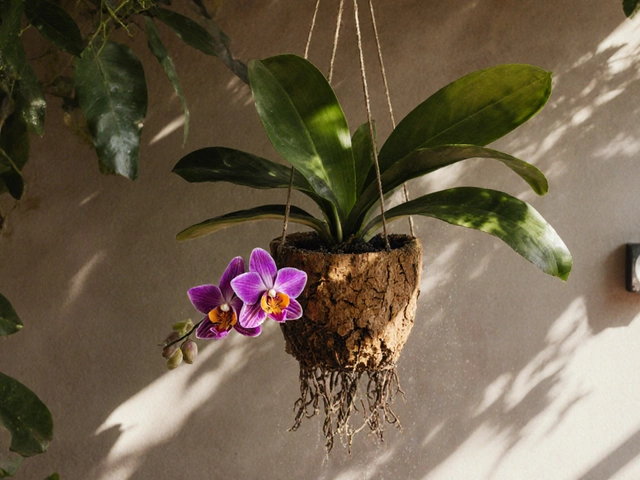Rice Plant Yield: How to Maximize Output with Biotech Gardening in India
When it comes to rice plant yield, the total amount of edible grain produced per unit of land, often measured in kilograms per hectare. In India, where rice feeds over 65% of the population, even a small increase in yield can mean the difference between surplus and shortage. Also known as paddy productivity, it’s not just about planting more seeds—it’s about managing the environment, nutrients, and water smarter. Most farmers still rely on old methods: flooding fields, using low-quality seeds, and guessing when to water. But modern biotech gardening, the application of biological and technological tools to improve plant growth and resilience is changing that. From bio-fertilizers that boost root development to drought-tolerant seed varieties, the tools exist to make your rice crop stronger, faster, and more reliable.
What affects rice plant yield the most? Three things: soil health, the condition of the land that determines nutrient availability and root penetration, water efficiency, how well water is used without waste or stress, and pest control, the ability to protect plants from insects and disease without chemicals. Compacted soil? It’s a silent killer—roots can’t breathe, water pools, and nutrients lock up. Overwatering? It invites fungus and rots roots, just like in bonsai trees. And using harsh pesticides? They kill the good bugs that naturally keep pests in check. That’s why many Indian gardeners are switching to neem oil and organic compost—proven, safe, and effective.
You don’t need a big farm to see results. Even small plots can produce more rice with the right mix of techniques. Mulching cuts water use by half. Drip systems deliver water straight to roots, not the air. And smart seed selection—like high-yield, short-duration varieties—means you can grow two crops in one season. The posts below show real fixes: how to fix hard soil, how to water without drowning your plants, and how natural insecticides like neem oil protect rice from pests without harming bees or soil life. You’ll find practical advice from farmers who’ve turned low yields into steady harvests. No theory. No fluff. Just what works in India’s heat, monsoons, and clay soils.
Curious about how much rice a single plant produces? Explore the world of rice cultivation to understand the yield per plant, influenced by factors like species, climate, and farming techniques. Discover intriguing facts about rice farming and get practical tips for boosting production. Learn how effective cultivation practices and knowledge can lead to a bountiful harvest.
Continue reading...





